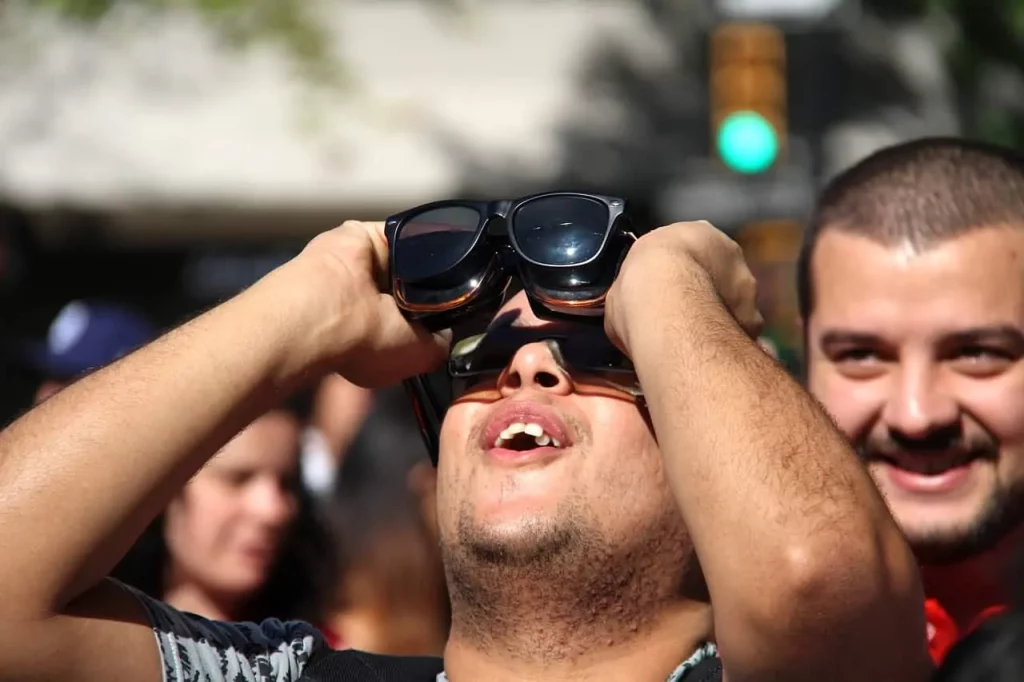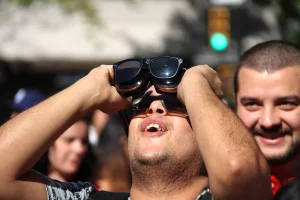Eclipse Facts

- 01There are at least 2 solar eclipses per year on our planet.
- 02Every one and a half years, one total eclipse happens.
- 03There are only up to 5 partial, annular, or total solar eclipses per year.
- 047 minutes and 30 seconds is the longest duration for a total solar eclipse.
- 05In the North Pole and South Pole, people can only see partial solar eclipses.
Eclipse Facts Infographics
The saros period tells us when the next eclipse is.
The saros is a period of 223 synodic months (about 18 years or 6,585 days). Astronomers use the saros to forecast eclipses of the moon and sun. One saros period or 18 years after an eclipse, the moon, earth, and the sun comes back around the same relative geometry. They are also about in the same line, and almost the same eclipse will take place.
The total solar eclipse is a complete sun block out.
A total solar eclipse happens when the moon totally blocks the solar disk. A full solar eclipse is almost as dark as night and among other eclipses, the total solar eclipse is the only time when it is safe to look straight at the sun.
The annular solar eclipse happens when the moon is far from its usual orbit.
When the Moon is far away in the usual orbit, it will be not enough to completely cover the sun’s disk. This is the annular eclipse and it usually lasts between 5 to 6 minutes. Observers must not look directly towards the sun during this event. Again, the main difference between total and annular eclipse is that the moon is further away from the earth during an annular eclipse. Annular comes from the Latin word annulus that means ring.
Be careful when you watch the partial solar eclipse.
The partial solar eclipse happens when the moon does not block the whole solar disk. Observers must be careful of watching the partial solar eclipse as severe eye damage or even blindness may result in staring at it.
The hybrid solar eclipse is rare.
The last kind of eclipse is the hybrid eclipse and is comparatively rare. The hybrid eclipse changes its appearance as the moon’s shadow moves across the earth’s surface. During a hybrid solar eclipse, the earth’s geometry brings some sections of the eclipse path into the moon’s umbra. The umbra is the dark central part of a shadow. Different sections from earth may see different angles such as total, annular, or partial solar eclipse.




